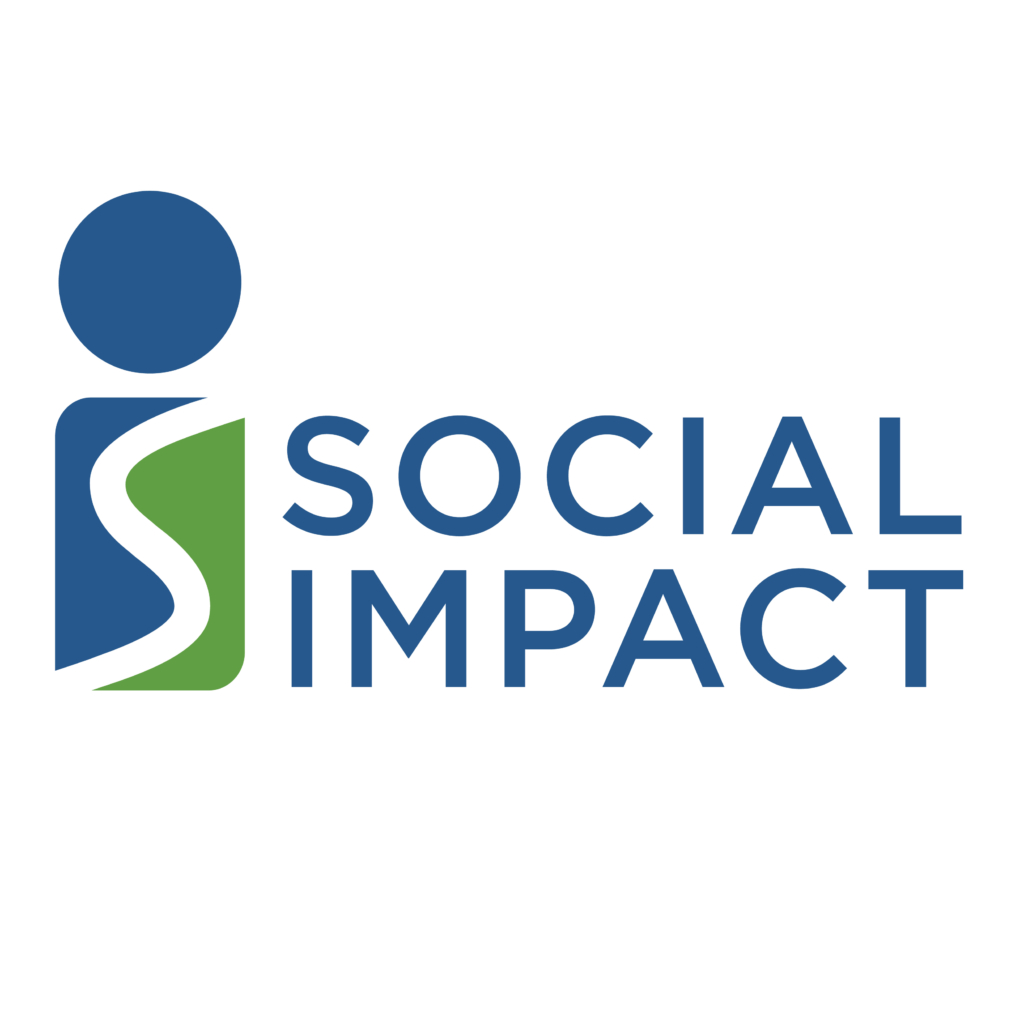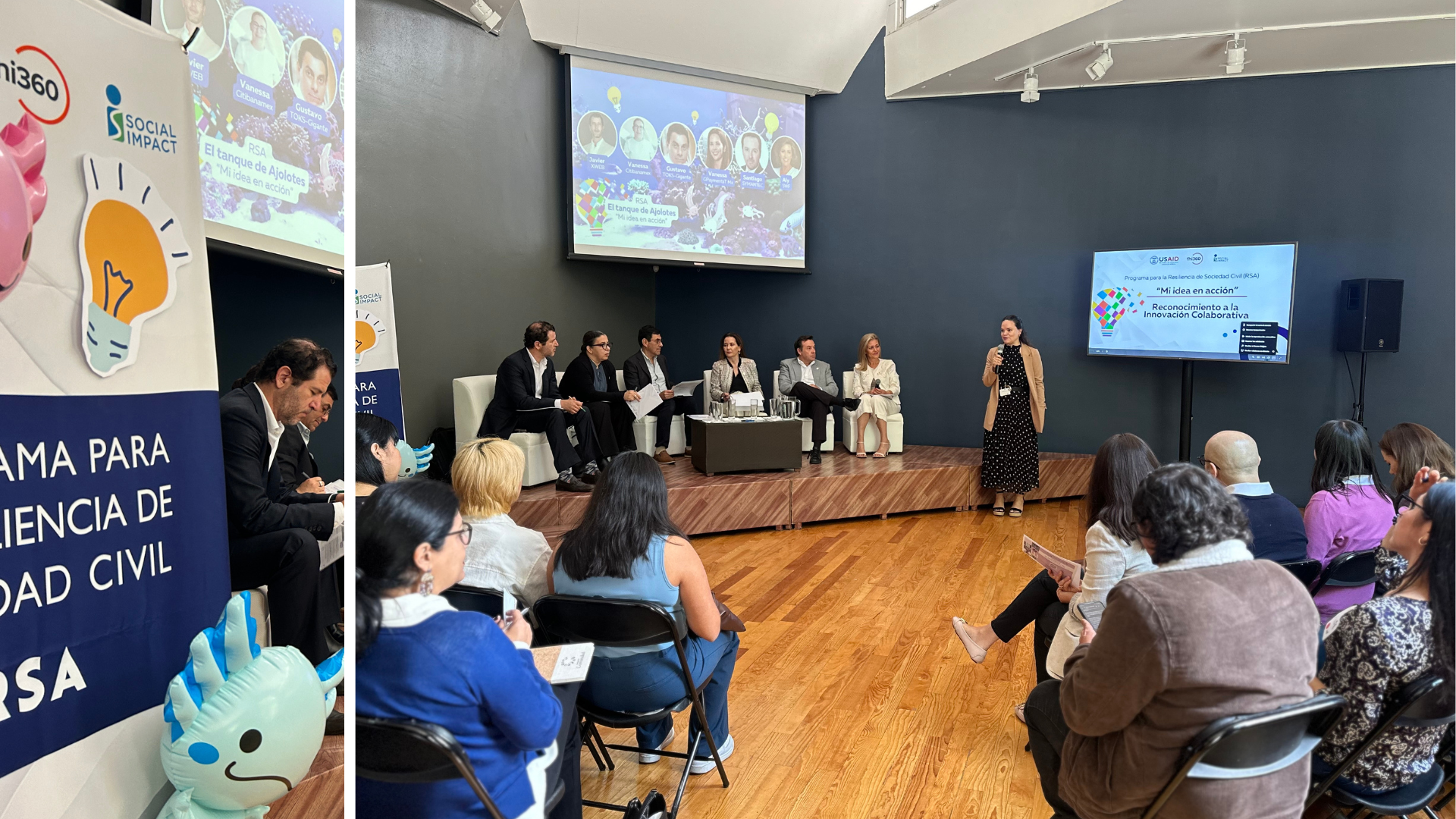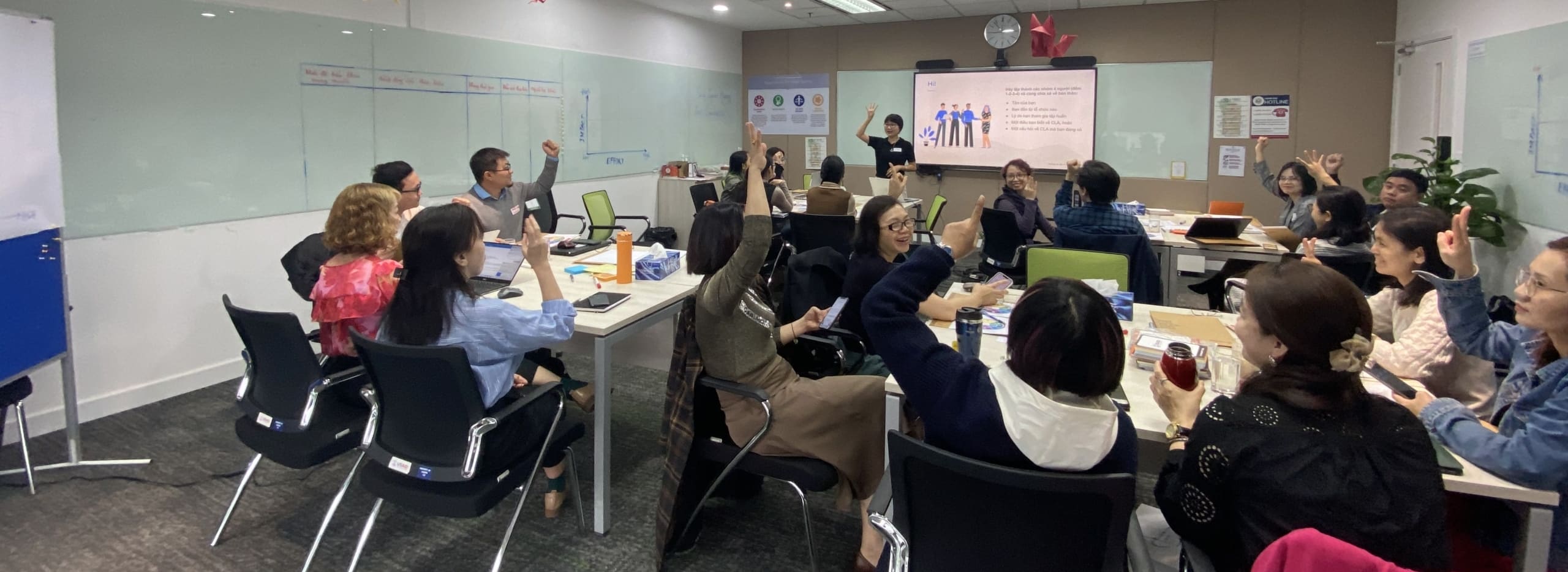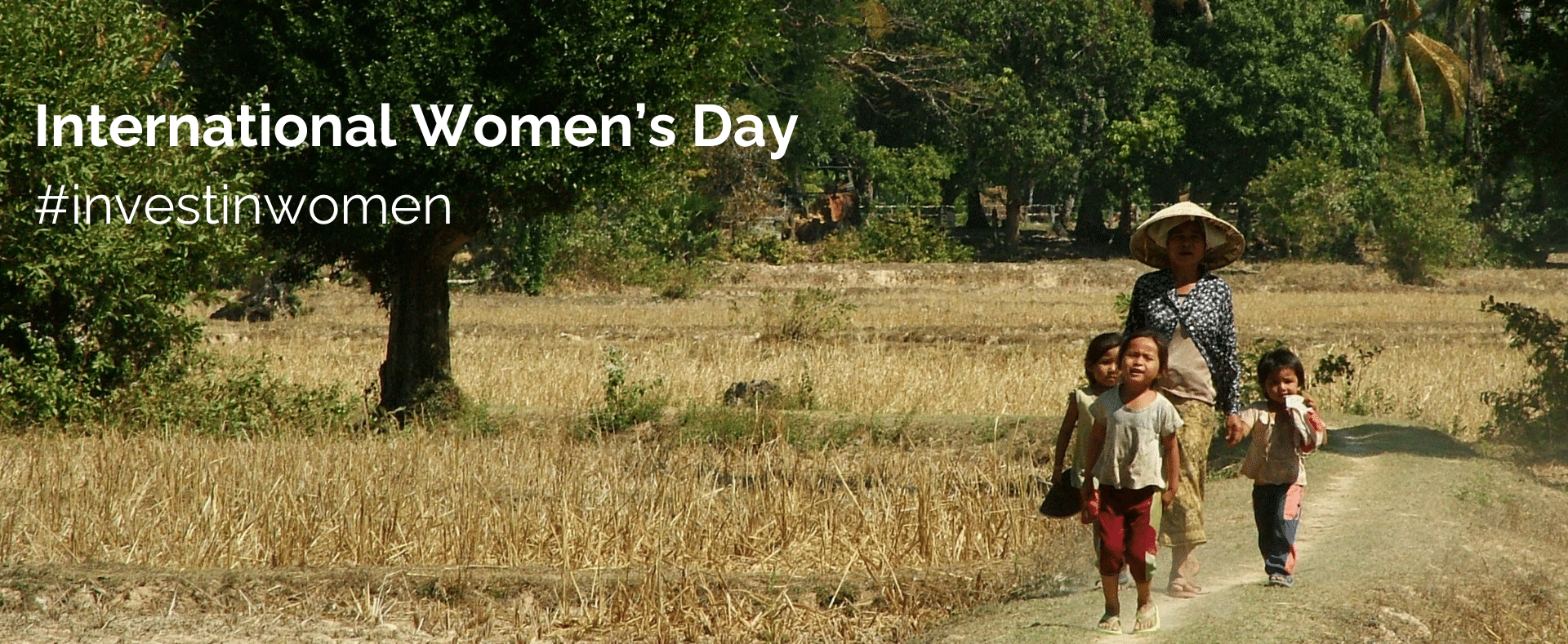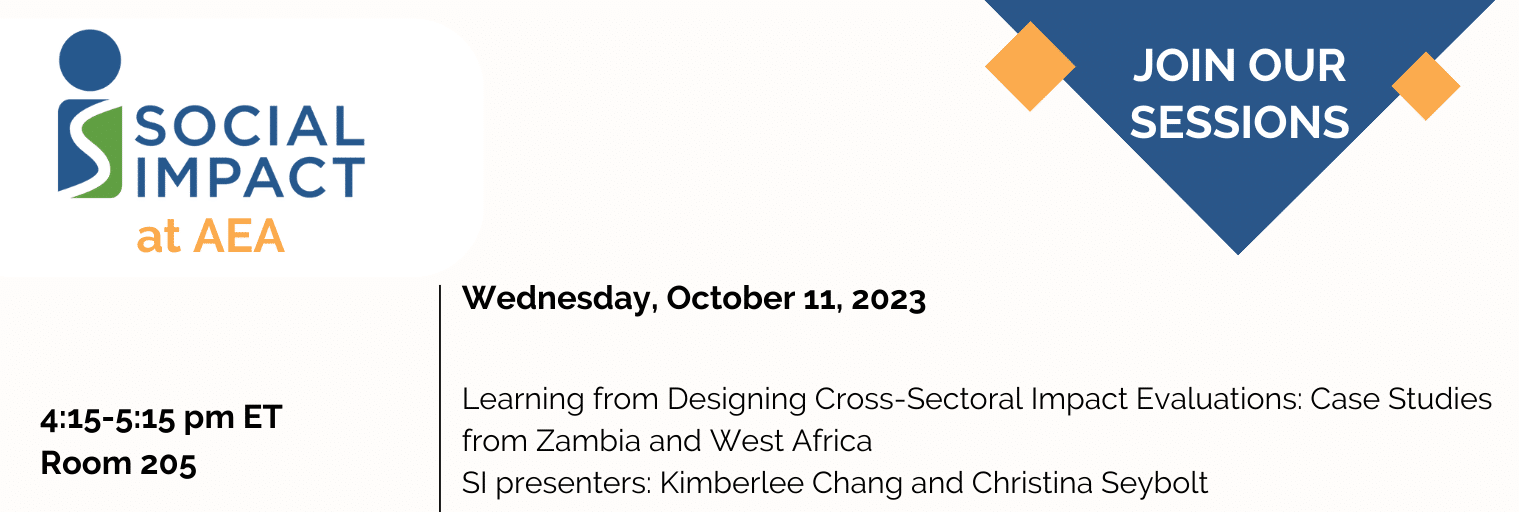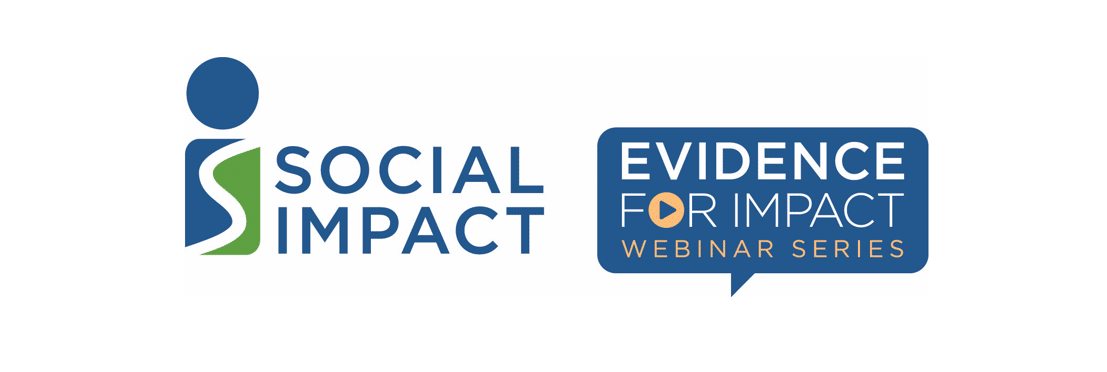* This is a two-part blog series. Part 1 of this series can be found here.
Development requires local ownership for long-term success and sustainability. We all know this, and if we’re being honest, we also all know it is a struggle.
We wanted to help USAID and partners push a little bit more to get to greater local ownership; so much is already happening, but can we make even more progress?
We started from the locally-led development framework put forward by USAID’s Local, Faith, and Transformative Partnerships Hub (found here) and asked ourselves: what would more locally-led development look like in the Vietnam context? Where can we improve practices, even if only slightly, to move closer to the right side of this spectrum?
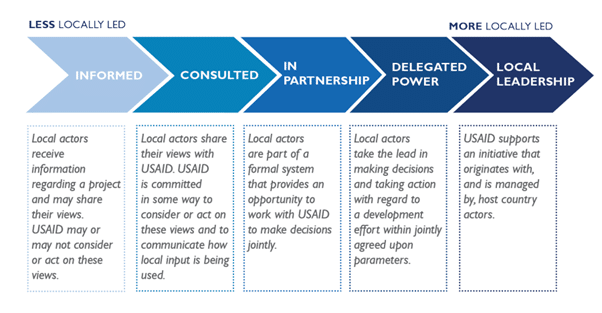
Photo by: USAID Learns
As a result, we created this “localized” version of the spectrum with specific ideas for how USAID/Vietnam and its implementing partners could get closer to the “local leadership” side of the spectrum during design, procurement, and implementation and, as a result, shift power to local actors to decide what is done and how.
Here are some of our examples of this localization in action during these phases of the Program Cycle. Part 1 of this series covered design and procurement; part 2 below covers implementation.
Implementation
During implementation, implementing partners work with the managing agency to finalize the project approval document which reflects a shared vision and plan for the program. In many cases, there is a joint management structure where the Chief of Party has a counterpart on the GVN side to jointly manage implementation, representing an “in partnership” model per the spectrum above. Implementing partners are encouraged by USAID to pause and reflect annually (many have required annual reflections in their awards) with government counterparts to inform work planning. In 2021, USAID/Vietnam, via USAID Learns with speakers from Winrock International and PATH, hosted a webinar for partners on collaborative work planning with government counterparts to share experiences and develop “do’s” and “don’ts” that can help other partners more intentionally collaborate with GVN counterparts.
Within this context, USAID Learns supported USAID/Vietnam on the design of the Reducing Pollution Activity (select the USAID Reducing Pollution final RFA), now implemented by Winrock International, that emphasized local ownership throughout. The activity follows the collective impact model whereby local stakeholders come together under a common agenda to reduce environmental pollution in an area of importance to them. The activity lays out the broad parameters, such as reducing plastic pollution, but local organizations and their government counterparts develop proposals on their own that identify the what, how, and where based on local needs and priorities. Initiatives are then managed by local organizations who act as “backbones” facilitating collaboration among local stakeholders from the government, private sector, and civil society to achieve results. This approach is likely somewhere between “delegated power” and “local leadership,” helping to shift more power to local actors to decide how best to address the development challenge.
Research and evaluation activities during implementation are also an opportunity for greater local ownership. USAID Learns carries out most of the research and evaluations required by USAID/Vietnam. In one case, the managing agency requested the evaluation, was in the driver’s seat during the scoping process, and the primary user – a great example of “local leadership” in the spectrum above. In other cases, local stakeholders are involved in scoping and defining what matters to them; for example, in a recent sustainability review of IMPACT-MED, USAID Learns engaged local universities in defining what sustainability meant to them to inform the rest of the research. And in almost all cases, we engage local stakeholders in jointly developing recommendations based on findings so that those recommendations are locally-owned, working “in partnership” per the spectrum above. My colleague, Phuong Pham (USAID Learns’ former Research Director) documented localization approaches for the American Evaluation Association here, and we co-hosted a webinar for USAID/Vietnam staff and partners on participatory research approaches in collaboration with USAID’s Local, Faith, and Transformative Partnerships Hub.
Localization – like most aspects of development work – looks different based on location. In the Vietnam case, with a receptive, CLA-oriented Mission and local requirements, we have managed to move closer to the right side of the locally-led development spectrum in several cases. And, of course, even more can be done.
What would more local ownership look like in your context? Where can you improve practices, even if only slightly, to move closer to locally-led development?
———————————
Author: Monalisa Salib, Deputy Chief of Party, USAID Learns (support contract to USAID/Vietnam)
Photo by: USAID Asia

